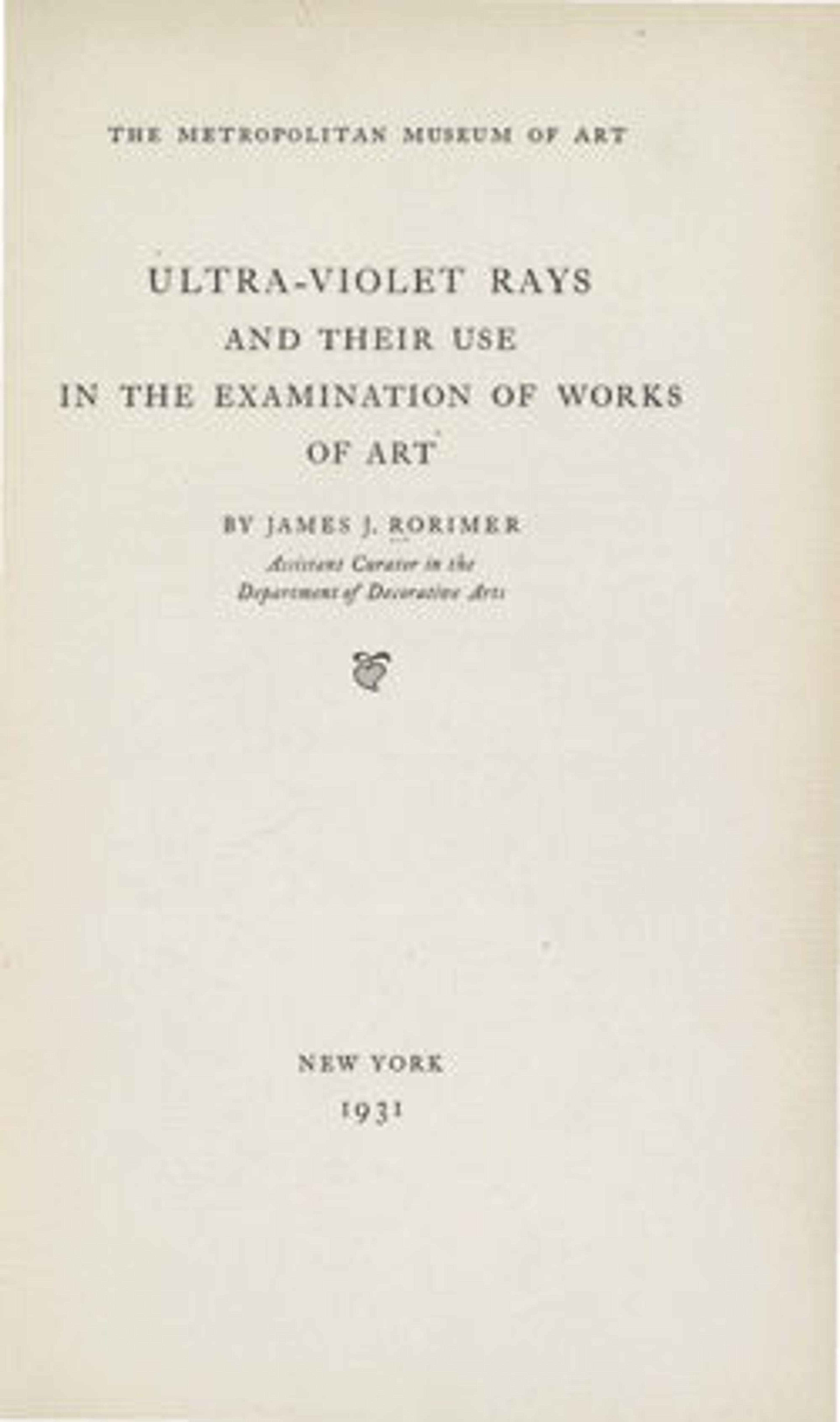Bodhisattva Guanyin
The child in the arms of the bodhisattva indicates that this ivory carving represents Guanyin as the Bestower of Sons. Although in India the Bodhisattva Avalokiteshvara was originally understood to be either genderless or male, in China, female manifestations developed and become popular, particularly for their ability to provide blessings such as children. This particular form was created during the Ming dynasty (1368–1644).
Artwork Details
- Title: Bodhisattva Guanyin
- Period: Ming dynasty (1368–1644)
- Date: 16th century
- Culture: China
- Medium: Ivory
- Dimensions: H. 9 3/4 in. (24.8 cm); H. incl. base 10 1/4 in. (26 cm); W. 2 in. (5.1 cm)
- Classification: Ivories
- Credit Line: Rogers Fund, 1913
- Object Number: 12.219.1
- Curatorial Department: Asian Art
More Artwork
Research Resources
The Met provides unparalleled resources for research and welcomes an international community of students and scholars. The Met's Open Access API is where creators and researchers can connect to the The Met collection. Open Access data and public domain images are available for unrestricted commercial and noncommercial use without permission or fee.
To request images under copyright and other restrictions, please use this Image Request form.
Feedback
We continue to research and examine historical and cultural context for objects in The Met collection. If you have comments or questions about this object record, please contact us using the form below. The Museum looks forward to receiving your comments.
